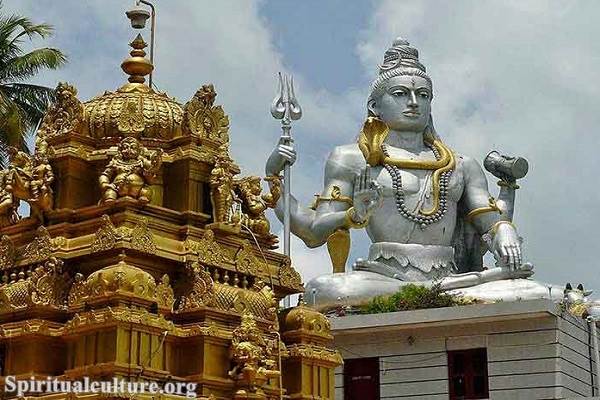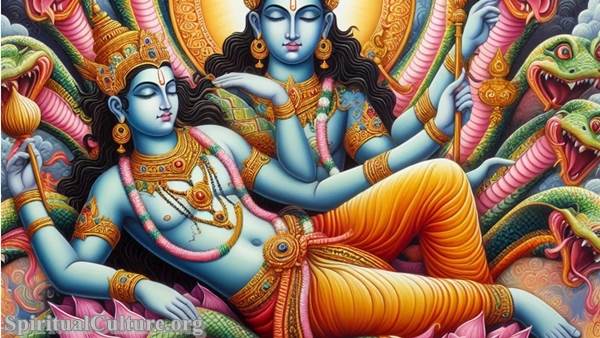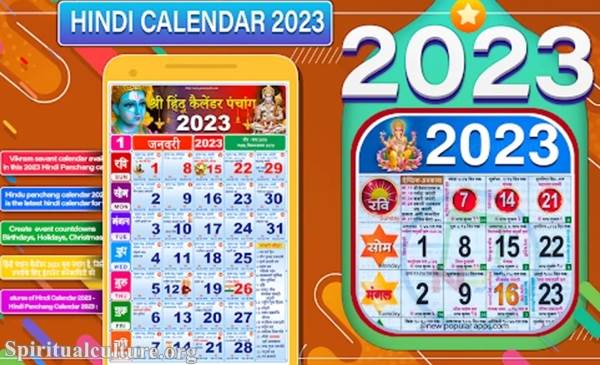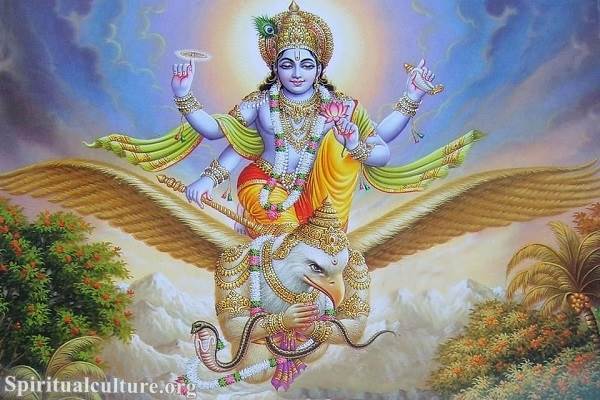Garuda is a prominent Hindu figure revered for his association with Vishnu and his role in various mythological stories.
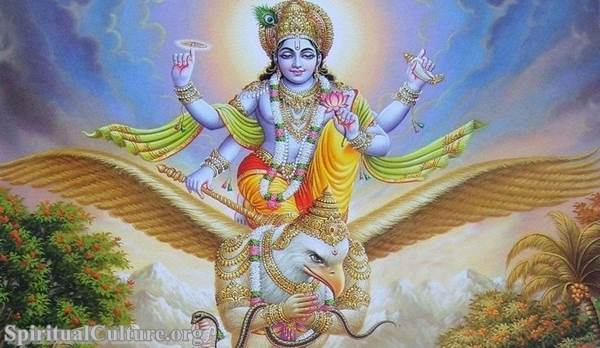
Here are some key aspects of Garuda and his symbolism:
Physical Appearance:
Garuda is often depicted as a large, eagle-like bird with golden feathers, a white face, and a beak. He is portrayed with a massive wingspan, symbolizing his ability to soar through the skies.
Vahana of Vishnu:
Garuda serves as the divine mount or vehicle of Lord Vishnu. He is considered the king of birds and is known for his loyalty and devotion to Vishnu. Garuda is said to carry Vishnu on his back as the god travels through the celestial realms.
Symbol of Speed and Swiftness:
Garuda is renowned for his incredible speed and agility. His swift flight symbolizes the ability to traverse vast distances quickly, emphasizing the transcendental nature of the divine.
Symbol of Strength and Power:
Garuda is often portrayed with a muscular and powerful physique, representing strength and might. His ability to carry Vishnu’s weight symbolizes his formidable strength.
Enemy of Snakes:
Garuda is considered the natural enemy of serpents, especially the Naga, a race of serpent-like beings. Several mythological stories highlight Garuda’s conflicts with serpents, particularly his rivalry with the serpent-king, Sesha or Adi Sesha.
Amrita (Nectar) Quest:
One of the most famous stories involving Garuda is the retrieval of the Amrita, the nectar of immortality, from the depths of the ocean. Garuda undertakes this quest to free his mother, Vinata, from servitude. The story is a symbol of devotion, sacrifice, and the pursuit of higher spiritual goals.
Symbol of Devotion and Bhakti:
Garuda symbolizes unwavering devotion and loyalty to Lord Vishnu. His actions, such as obtaining the Amrita and his service as Vishnu’s mount, exemplify the qualities of a devoted servant.
Garuda Purana:
The Garuda Purana is one of the eighteen Mahāpurāṇas (great epics) in Hinduism, and it is named after Garuda. It is a significant text that covers various topics, including cosmology, rituals, and the afterlife.
Cultural Meaning:
Garuda is popular in various Southeast Asian cultures, including Indonesia and Thailand. He is often depicted in art, sculpture, and dance, and his symbolism extends beyond religious contexts into cultural and artistic expressions.
Garuda as National Symbol:
In Indonesia, Garuda is the national symbol and features on the country’s coat of arms, known as Garuda Pancasila. This emblem reflects the cultural and mythological meaning of Garuda in the region.
Garuda’s role as the mount of Vishnu and his significance in various mythological stories make him a revered and powerful figure in Hinduism. His attributes of strength, speed, and devotion contribute to the rich tapestry of Hindu mythology and symbolism.

